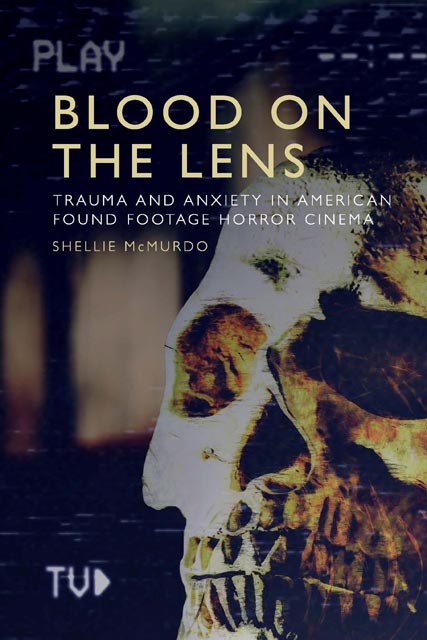5 - Found footage horror, 9/11 and a culture of fear
Published online by Cambridge University Press: 13 April 2023
Summary
During the morning of 11 September 2001, audiences around the world witnessed the largest terror attack on American soil in history, after members of the Islamist extremist group Al-Qaeda hijacked four passenger aeroplanes. One of these, American Airlines Flight 77, was flown into the Pentagon in Virginia. Another, United Airlines Flight 93, crashed into a field in Pennsylvania after its occupants fought against and overcame the plane’s hijackers. The other two flights, American Airlines Flight 11 and United Airlines Flight 175, collided into the Twin Towers of the World Trade Center in New York City at 8.46am and 9.03am respectively. Live on television, viewers both domestic and international witnessed the collapse of the South Tower at 9.59am. The North Tower remained standing until 10.28am, when it also fell. Only 102 minutes after the first strike into the North Tower, two of the most iconic buildings of the New York City skyline had gone. Scholar Jeff Greenberg, in a testimonial regarding his own experience of watching the attacks, notes that what he saw was
the World Trade Center, with a burning hole in the tower on the right, as if it were bleeding. Before I could even formulate a thought, a plane came around the burning tower from the right, and made a sharp left turn into the second tower, like a stab wound into the heart of New York. (Quoted in Pyszczynski et al., 2003: 4)
This kind of emotionally charged language, particularly the use of words like ‘bleeding’, ‘stab wound’ and ‘heart’, compares the attacks to an assault on the very flesh and body of America, and begins to demonstrate how these attacks were viewed and experienced by many Americans.
The attacks caused widespread confusion throughout the United States and globally, as airspace over North America was shut down (Donnelly, 2001; Cain, 2016) and first responders from around the country took leaves of absence to help find survivors in the twisted metal remnants of the Twin Towers. In the immediate aftermath of the attacks, many countries remained on high alert, and the media coverage of significant events both during and after was extensive: this included live coverage of United Airlines Flight 175 flying into the South Tower and the fall of the towers as they happened.
- Type
- Chapter
- Information
- Blood on the LensTrauma and Anxiety in American Found Footage Horror Cinema, pp. 93 - 110Publisher: Edinburgh University PressPrint publication year: 2022



